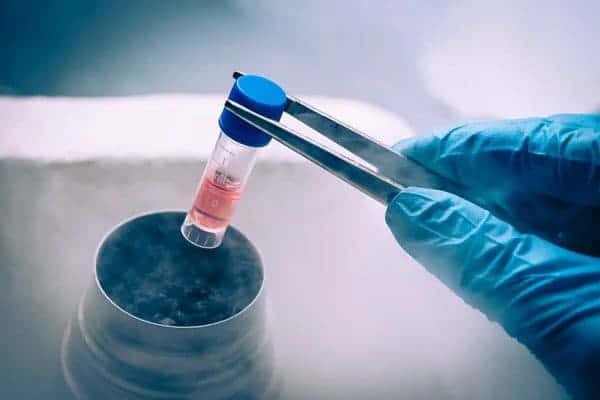As a hair transplant surgeon, I often get asked about stem cell hair treatments and stem cell hair transplants. Many people confuse the two, but they are actually quite different. In this article, I will explain the difference between stem cell hair treatments and stem cell hair transplants, backed by research papers.
Stem Cell Hair Treatments
Stem cell hair treatments involve injecting stem cells into the scalp to stimulate hair growth. These treatments use adult stem cells, which are found in various parts of the body, including bone marrow and adipose (fat) tissue. The stem cells are extracted from the patient’s own body, processed, and injected into the scalp.
One research paper published in 2021 in the Journal of Cosmetic Dermatology evaluated the effectiveness of adipose-derived stem cell therapy for hair loss. The study found that the treatment led to significant improvement in hair density and thickness with no significant side effects.
Another research paper published in 2019 in the Journal of Cutaneous and Aesthetic Surgery reviewed the use of platelet-rich plasma (PRP), which contains growth factors and stem cells, for hair loss. The study concluded that PRP is a safe and effective therapy for hair loss.
Stem cell hair treatments are non-surgical and minimally invasive. They are usually performed in an office setting and require little to no downtime. However, they may require multiple sessions to achieve optimal results. Stem cell hair treatments are best for individuals with mild to moderate hair loss.
Stem Cell Hair Transplants
Stem cell hair transplants use the extracted stem cells to create new hair follicles under lab conditions which are then implanted into the thinning areas.
This procedure is truly exciting in theory, as it would allow even completely bald patients to undergo surgery, provided they have enough stem cells to create new follicles from. While the treatment is revolutionary, it is still very much in its infancy compared to stem cell hair therapies.
One research paper published in 2019 in Stem Cells Translational Medicine evaluated the feasibility and safety of autologous adipose-derived stem cell (ADSC) transplantation in combination with FUE for androgenetic alopecia. The study found that the combination therapy resulted in a significant increase in hair density and thickness.
Another research paper published in 2018 in Aesthetic Plastic Surgery reviewed the use of stem cell-enriched fat grafts for hair transplantation. The study concluded that this technique is a promising method for hair restoration.
Stem cell hair transplants are more invasive than stem cell hair treatments and require a surgical procedure. They are usually performed in an operating room under local anaesthesia, and patients may require several days of downtime. Stem cell hair transplants are best for individuals with more severe hair loss.
Conclusion
In conclusion, stem cell hair treatments and stem cell hair transplants are both effective methods for hair restoration, but they are different procedures. Stem cell hair treatments involve injecting stem cells into the scalp to stimulate hair growth, while stem cell hair transplants involve the transplantation of stem cells along with hair follicles from one area of the scalp to another.
Stem cell hair treatments are less invasive and require little to no downtime, making them ideal for individuals with mild to moderate hair loss. Stem cell hair transplants are more invasive and require a surgical procedure, but they are best for individuals with more severe hair loss.
If you are interested in either procedure, it is important to consult with a board-certified hair transplant surgeon to determine which method is best for you.






